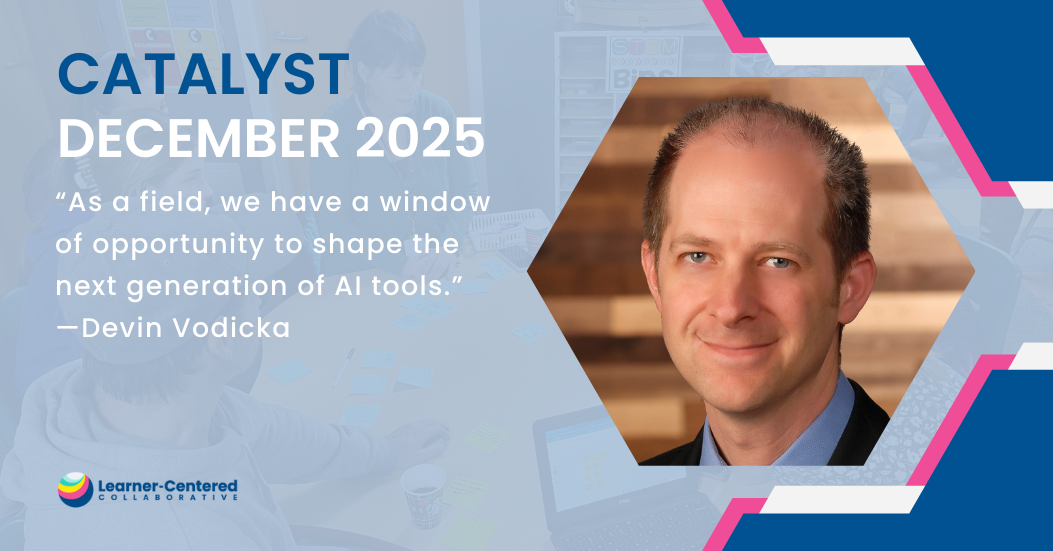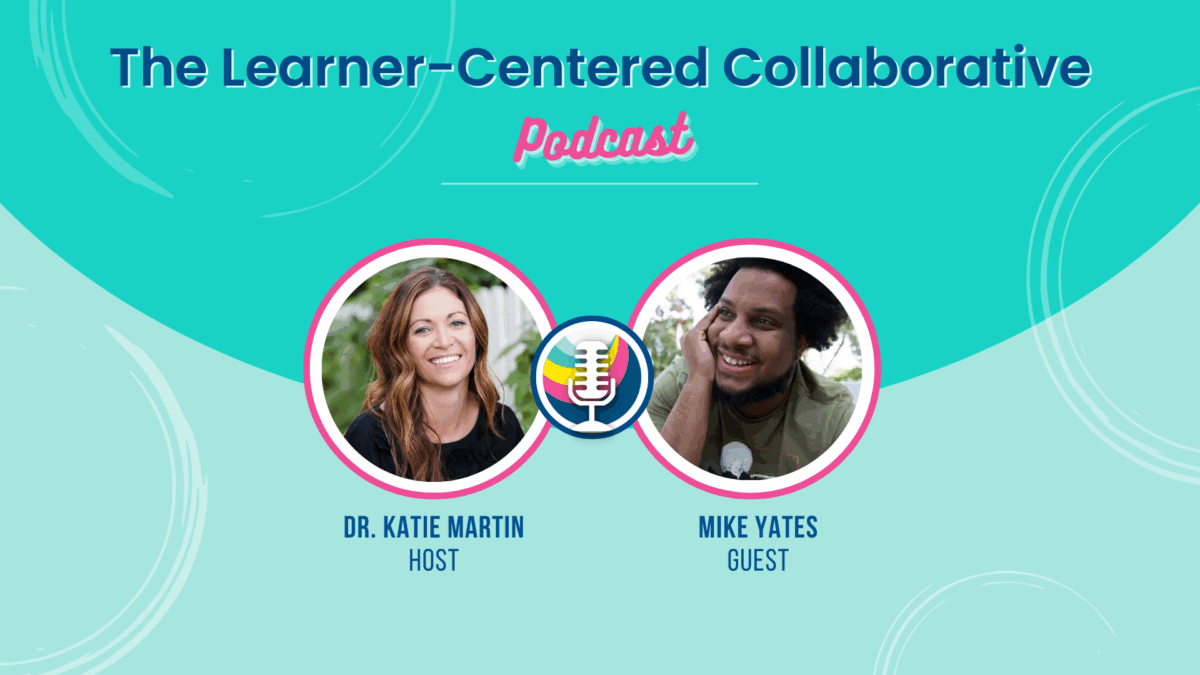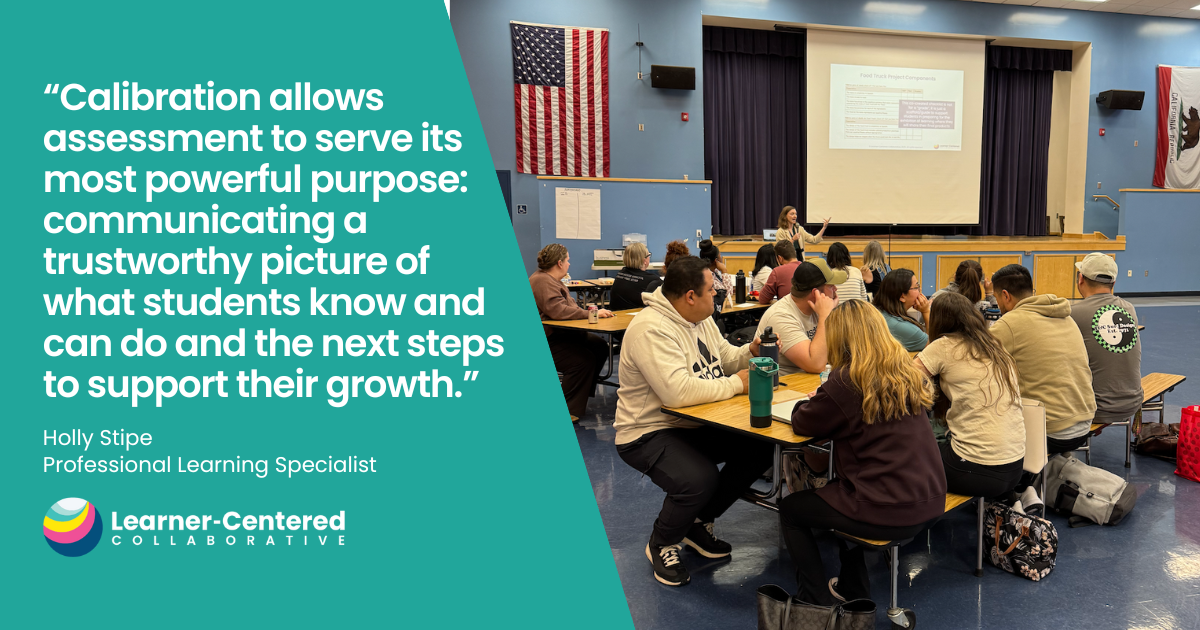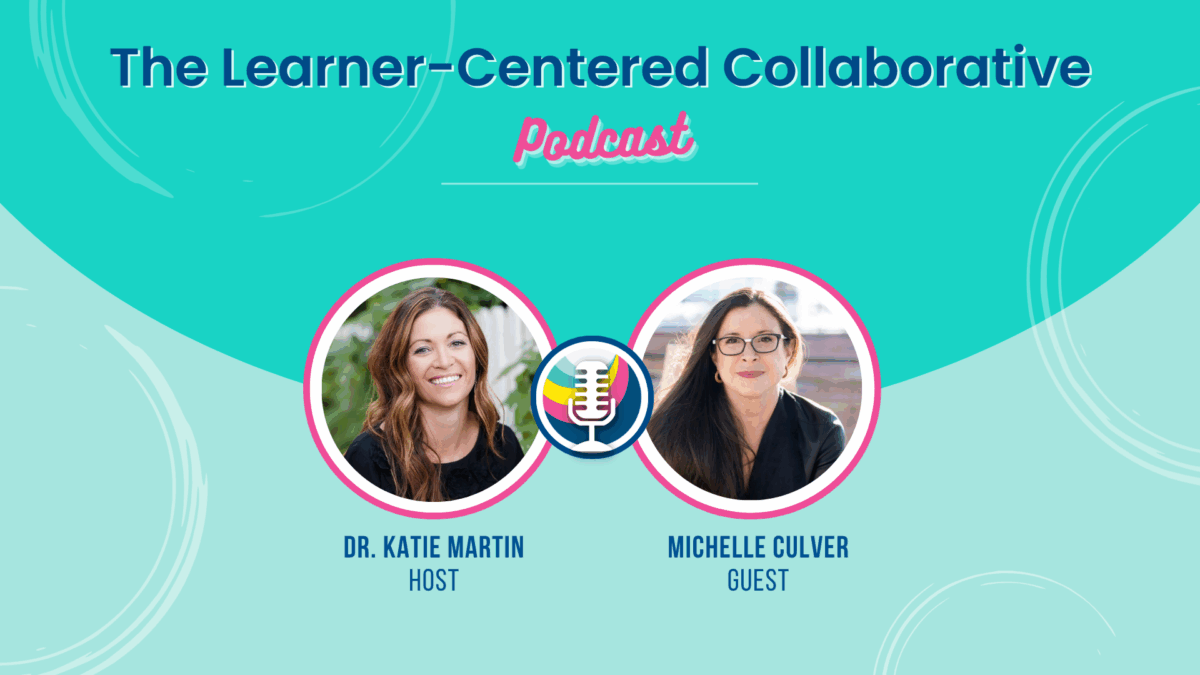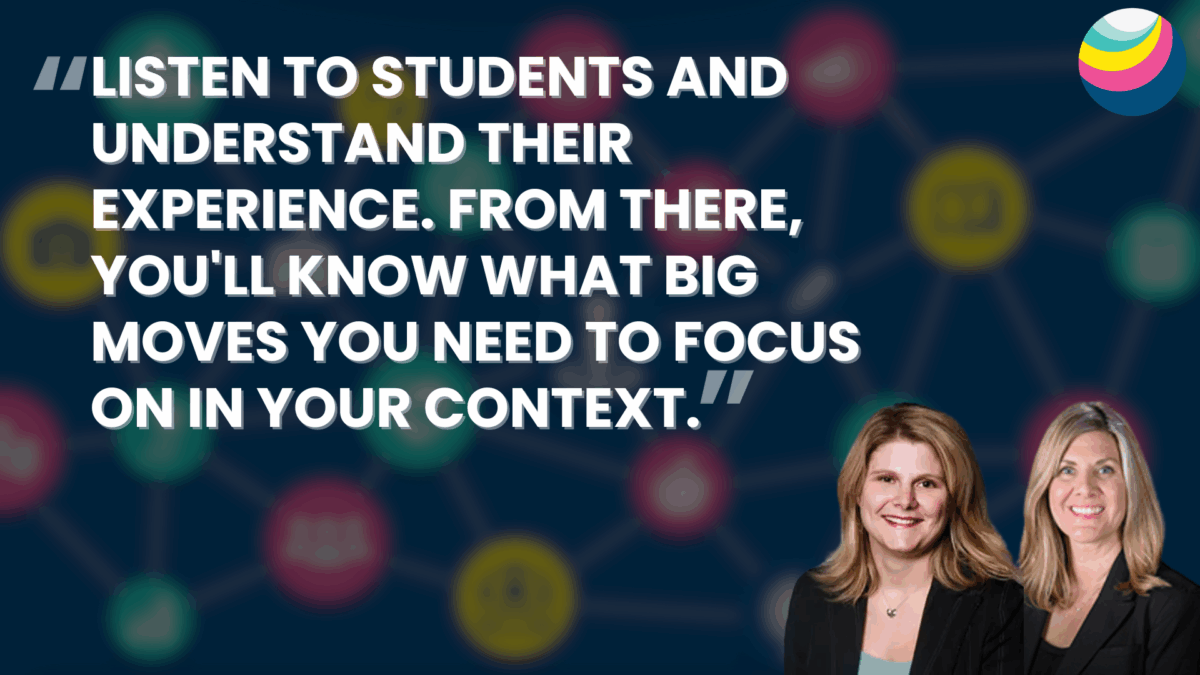Designing the Future: Case Studies Highlighting AI in Service of Learner-Centered Classrooms
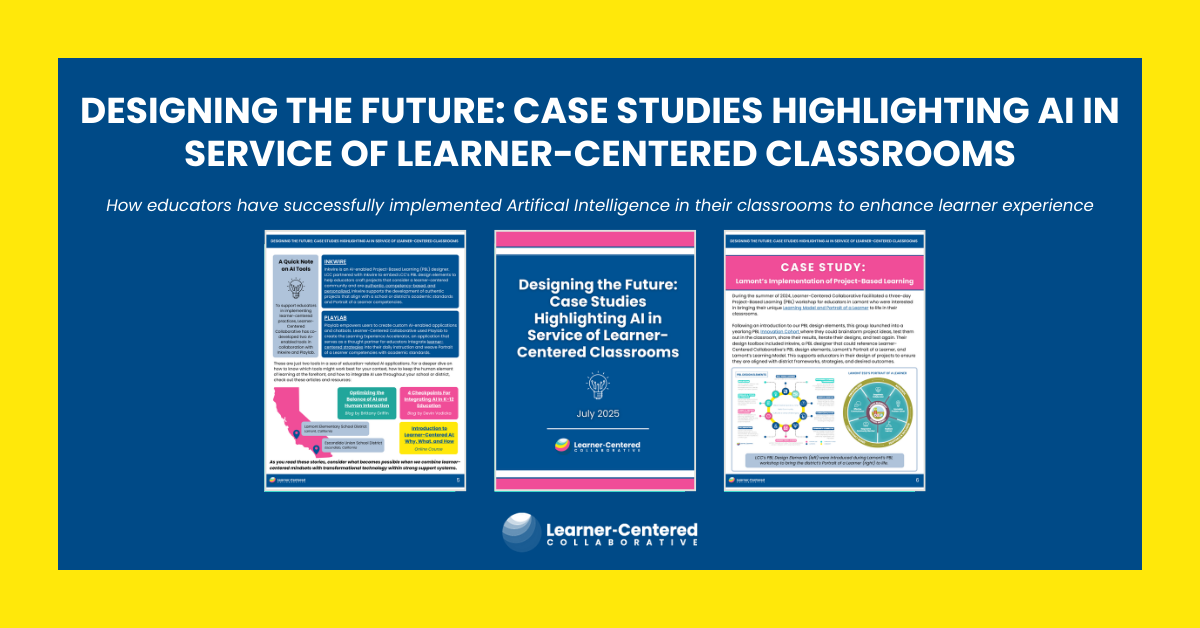
The question isn’t if AI will play a meaningful role in education and learning, but how. Will it be used to further entrench outdated models of efficiency and compliance? Or, can we harness its potential to accelerate a shift toward something more human, more personalized, and more learner-centered?
At Learner-Centered Collaborative, we believe AI holds promise as a tool that can support the creation of education ecosystems where learners know who they are, thrive in community, and actively engage in the world as their best selves. This publication explores specific, successful, learner-centered uses of AI in K-12 education that can be utilized as a model for schools as we enter a new era of technology. We’ll discuss:
- How one district used Inkwire, an AI-enabled tool to support educators designing Project-Based Learning experiences aligned to their Portrait of a Learner.
- How another district leveraged an app built using Playlab to integrate Portrait of a Learner competencies and learner-centered strategies into their daily instruction.
This document will help you understand how these districts used AI as a thought partner to enhance learning design and foster continuous professional learning and collaboration.
Change in education is not just about adopting new models; it’s about building the capacity of educators to implement them effectively. AI-enabled tools provide educators with specific ideas for bringing the Portrait of a Learner competencies into their daily lessons, units, and projects while implementing learner-centered strategies. The downloadable PDF delves into depth regarding the specific tools and strategies implemented.
Please complete the form below to access the resource.
